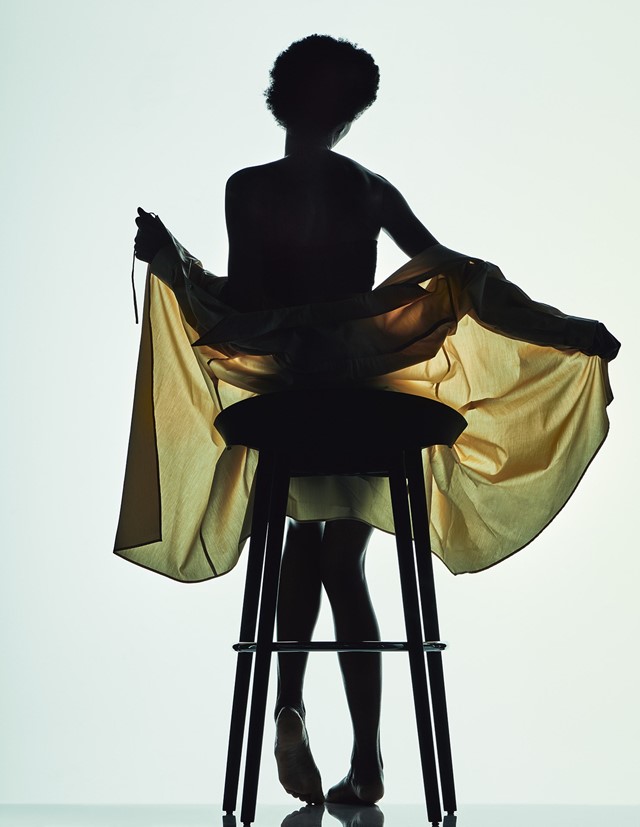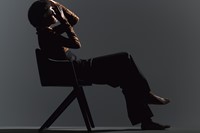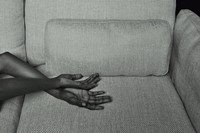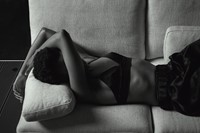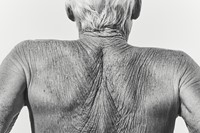Dialogues, a 216-page “poetic story-board” created in collaboration with the British photographer Alistair Taylor-Young, shows 50 of Norguet’s pieces in tandem with the human form
Within design books and catalogues, everyday objects are exalted as stately, luxury goods. Stools, tables, lamps, frying pans, bidets and taps are treated with the same intimidated caution as a drained cut-glass bottle of expensive French perfume. They are tangible things made intangible.
20 years of making objects for oodles of companies from McDonalds to Hermès has made the Paris-based Patrick Norguet an emblematic figure of French design. He is a pleasingly plain-speaking romantic. He doesn’t even live with any of his own pieces, which he has described as “propositions to capture the essence of truth”. He says: “The product needs to live without you. It’s up to bodies to appropriate them.”
In 2019 he began planning a book that would be part catalogue raisonné and part exhibition in print. “Whenever I saw my objects photographed in the catalogues of companies, it seemed to me that a part of them remained outside of the frame,” he says. The result – published in English this month by US publishing house Abrams – is Dialogues, a 216-page “poetic story-board” created in collaboration with the British photographer Alistair Taylor-Young. In it, 50 of Norguet’s pieces are shown in tandem with the human form. “It was a therapy for me,” he says. “Often, you’re called up and asked for a ‘new chair’ or a ‘new sofa’ but there aren’t many companies that understand how important the image and communication of the product’s philosophy is. The photography has always been key for me. When you develop a product – and if you shoot it well – the job is done!”
We all have a renewed sense of our bodies after the last 12 months – an awareness of sitting deeply and intently within a chair or to feel the stinging of elbows anxiously settled on the desk. In Taylor-Young’s photographs, naked feet are rolled up onto Nourget’s leather P22 armchair designed for Cassina, a bare bum peaks proudly from the back of his curved Apollo chair for Artifort. The patina of a wrinkled back is framed by smooth white aluminium. “The idea was to explain my position on design, my sensibility, not to just put a pretty girl on a sofa. I didn’t want to make just another designer book – I wanted a sensuality because when you design a chair, an armchair or a sofa, it’s for your body. It is about form, shape, life.”
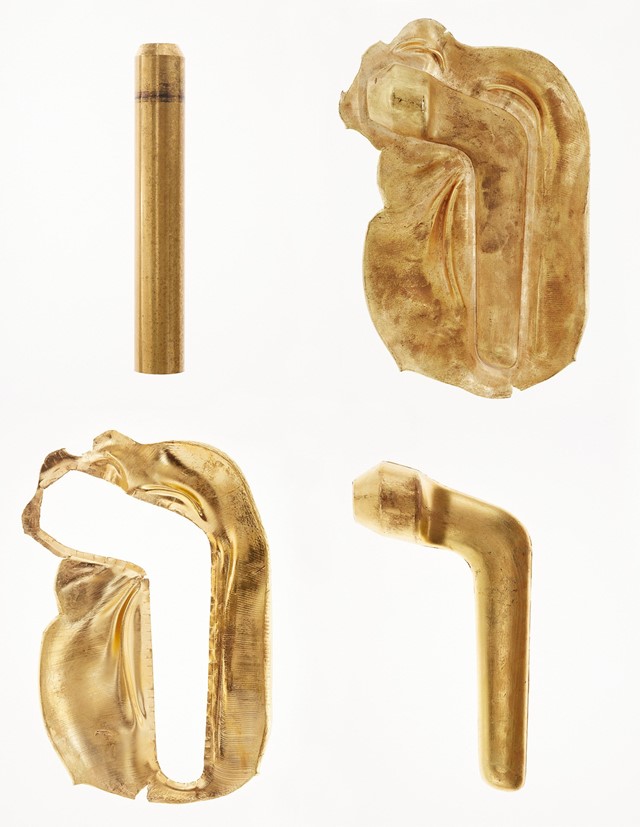
A luminous white ceramic washbasin and bidet are photographed like Brâncuși sculptures. “Every time you finalise a product, it’s only when you shoot it that you can see if it’s okay or not. It’s a real pleasure because it is the last part of the communication. Few companies understand that – they’re often so boring, they don’t take risks. Everything is quiet. There’s no wow.”
On page 124 is Nourget’s forged metal and chrome Elan doorknob for Ento, pieces laid forensically bare mid-construction like ancient Egyptian talismans. Now that is a wow. It reminded me of the quintessential Absolutely Fabulous episode in which Edina and Patsy dash off to New York in search of the ‘perfect’ door handle. The sheer mania of it, to me, epitomises what happens when design makes us feel. Yet now, as we encounter things as photos first and real objects second, an embellished Dries Van Noten skirt, a puffy Prada shoe or one of RiRa’s curvy pink resin dishes appear numb. Their physical presence comes after pictorial worship.
There’s a passivity to how we’re drinking in the world and its myriad, beautiful objects. “When I started my career in the late 1990s, the idea of ‘design’ was clear – it was something new after Philippe Starck and my generation was a new wave, but now it’s confusing. Every market uses the term ‘design’, but it’s bullshit,” Norguet says. “Design is passion, quality, to respect the environment – there’s a lot to it! There’s a responsibility because we don’t need the pollution. We need something very simple to understand. Something direct. There’s too much shit out there.”
The photographs in Dialogues are rigorously mortal – a discourse between product and human form, between Norguet and Taylor-Young. “This collaboration was a process and, just like design, a methodology to propose something new. Creativity is an energy that needs to be shared – especially right now. Every product you design is a contextual product. Every time I start with a white page. I start with no idea.”
Dialogues is out now.
